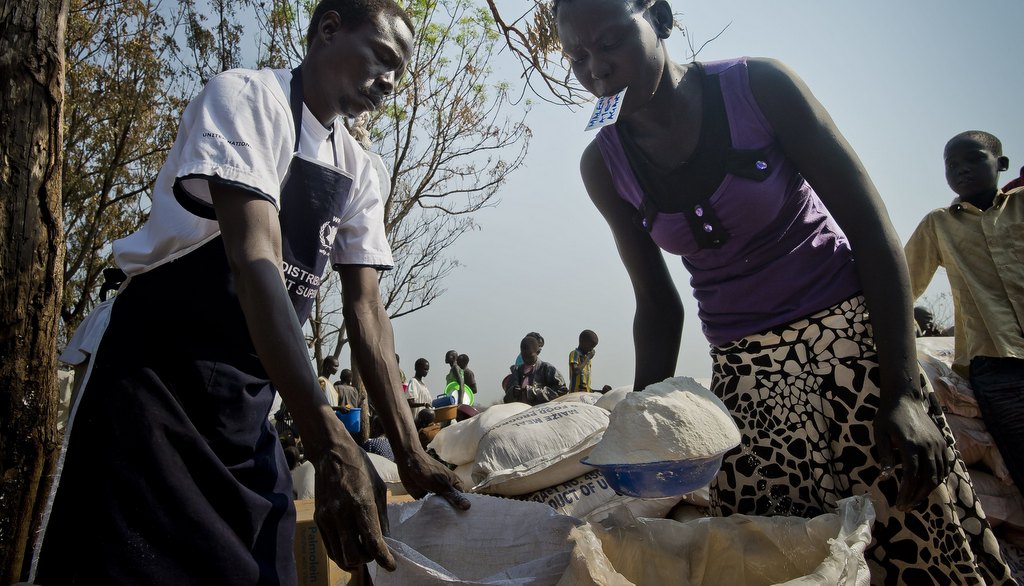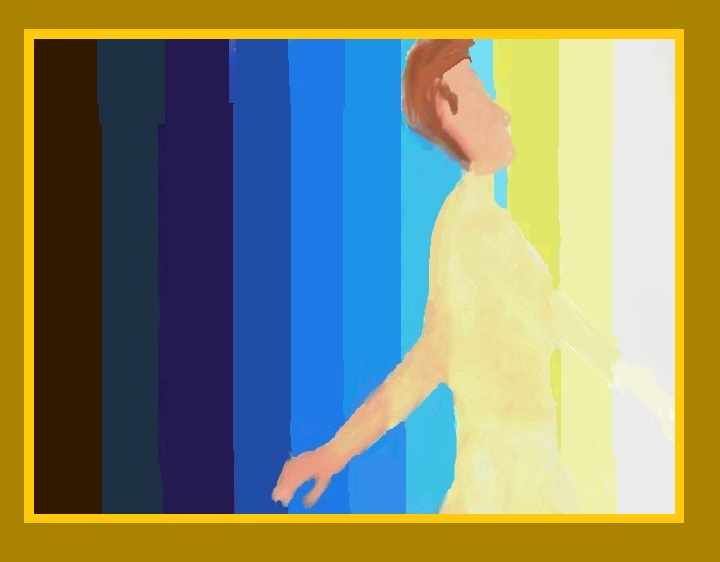Yesterday, I went to visit a woman with AIDS. I met her 12 hours ago and now lie in bed at 0300 unable to sleep. I am too disturbed and distraught.
My day starts with a visit to the local hospital to determine if there are problems with the HIV treatment program in the refugee camp. To my surprise, there are hundreds of people at the HIV department waiting for their medicines and hundreds more waiting to be seen by a clinician. It’s hot here. The sun is blistering. The people—infants, children, women and men—wait all day, then are told to come back the next day because the staff has no more time to see them. They return the following day, to the same mayhem. The clinic does not schedule appointments, so first come, first served. The number of people with HIV is so great that there is not enough time in the day to see them all, so they wait and return and wait and return.
Living with AIDS
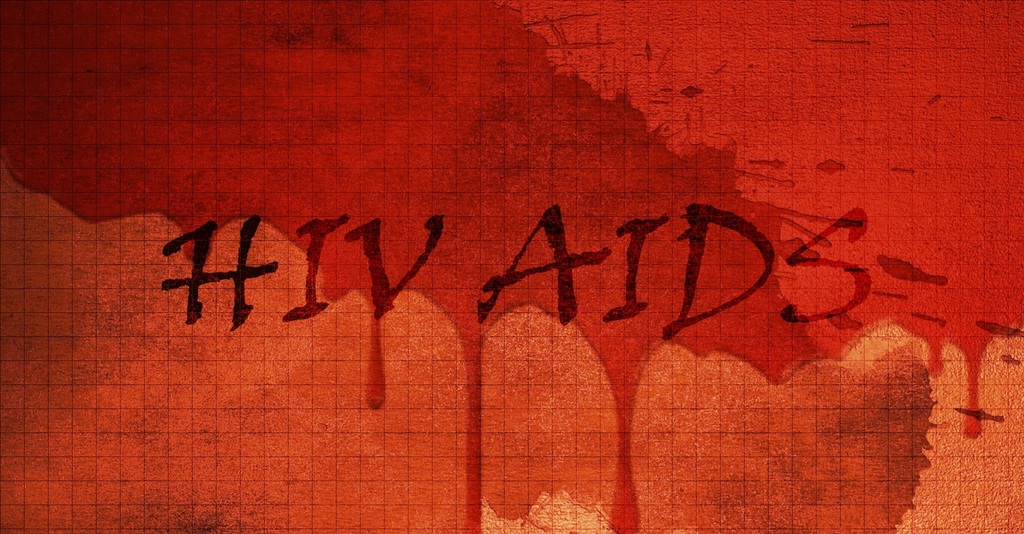
Later in the day, I am introduced to a 46-year-old woman who has AIDS. Her story … takes my breath away. I am speechless, suddenly deaf and mute as the woman reluctantly shares her story with me. As she speaks, tears escape from her eyes and she cowers trying to hide them from me. Shamed by her fate, she does her best to peel back bandages that cover deep wounds.
“When I was 8 years old, I was raped by a man in my home country, Burundi,” she says.
Such assaults are shameful and the details of her encounter with the monster were never shared or mentioned. Twelve years later, when she was 20 years old, she was raped again. This time she got pregnant. “The baby died from illness,” she tells me. “Then my mother died shortly after,” she continues. Her mother’s death left her busy, very busy caring for her 8 younger siblings. But this ‘busy’ was a welcomed distraction from all the pain she so deftly carried.
Fast forward ten years; the woman is now 30 years old. She is raped again. And once again, she finds herself with a baby in her belly. But unlike the time before, her baby boy lives. But does he? The woman is tested for HIV at the hospital when she delivers. She is positive. Her baby boy is positive for HIV, too.
War breaks out in Burundi. The woman and her baby boy flee to Congo. Sometime later, war breaks out there, too, so she flees with baby boy to Tanzania. The Tanzanian’s dislike foreigners, particularly ‘pathetic refugees’ who come to their country and compete for the few resources they have. So they brutalize them until they flee. And flee they did. The woman and her baby boy fled to Kenya where they are given refuge in a camp.
Then there is a miracle … The woman and her baby boy are granted asylum in Canada. It is indeed a good day when she receives this news, a very good day. But the day had only 24 hours like every other day; in other words, the day ended. Yes, good days end and hers did. Shortly before their departure, the president of Burundi requested that all fellow Burundians in exile return home. With provisions made to repatriate citizens, and their safety secured, the woman and her child were no longer considered refugees, so their invitation to Canada for asylum was withdrawn.
Living in a refugee settlement
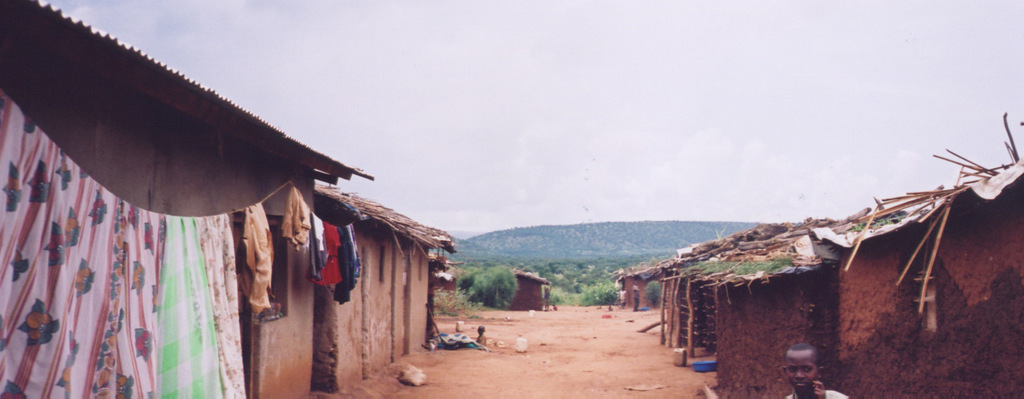
The woman and her boy (by this time he was no longer a baby) went back to Burundi to continue their lives in their home country. Unfortunately, upon their arrival, they are once again enshrined in conflict. Apparently, the government looks unfavourably at Burundians who previously fled the country. I don’t know what happened when the woman and her boy returned to their country, but it wasn’t the hero’s welcome one would have hoped for. Then in time, like the times before, war broke out again and the woman and boy, now a teen, were forced to flee their homeland. This time, they find themselves in Uganda, where they live in a refugee settlement to begin again.
[su_pullquote align=”right”]The woman is black but pale, clearly struggling to survive in spite of medication that she takes daily. Her fingernails, palms and conjunctiva are pale, a sign of severe anemia.[/su_pullquote]
By some fortuitous coincidence, I am in the same refugee settlement and our paths cross. I am taken to meet her by a well-intentioned refugee from Congo who cares for people in the camp. The woman is black yet pale, clearly struggling to survive in spite of medication that she takes daily. Her fingernails, palms and conjunctiva are also pale, signs of severe anemia. Her pulse is rapid, and it doesn’t take a doctor to know she is doing her best to make it … make it to another day. Fatigued from a lack of iron in her blood, she has severe anemia from malnutrition.
I ask the woman to show me her house, which was constructed by church members and others who had a heart. She obliges me and walks awkwardly around her small plot of land with the help of a metal crutch that has been her friend for years after a bike accident. She struggles. Since the accident, her right leg just doesn’t work very well.
She shows me her garden. Nothing is growing, except some stray weeds that managed to plant themselves and source water. Water is scarce so I am impressed by their tenacity and will to survive. The woman’s son sources water, too, from a distant source. two 10-liter jerrycans a day, to be exact.
“Do you have electricity?” I ask.
“I have a solar panel,” she replies.
The panel can power three LED bulbs that give enough light to see…barely. She got this from people at the church.
“Does your church support you?” I continue.
“No, I go from church to church and get some coins from people,” she answers.
“Do you have support from other people who were raped or who HIV?” I ask gently.
“Yes, my sister.”
“Your sister?” I say.
“Yes, my sister.”
“Your sister was raped and got HIV, too?” I continue my interrogation.
“Yes.” she says as if it’s normal.
The woman’s small hut-house has a central room with two sofas made from earth. Each is covered with a small piece of material to make them look aesthetic. In the same room, in the corner, is a stove made of mud. There are a few pieces of unlit charcoal waiting to be of service, but there is no food in sight. It is already 6 pm.There is a bedroom through a door-less doorway next to the stove. It is furnished with a queen size mattress. She and her 16-year-old son share it. Her possessions are spartan, but neatly arranged. There is another small room that is used as a pantry for…I’m not sure. There is nothing but a bag of charcoal there. And that is her house. It is spotless, I might add. One could eat off the dirt floor.
Weeds are plants, too
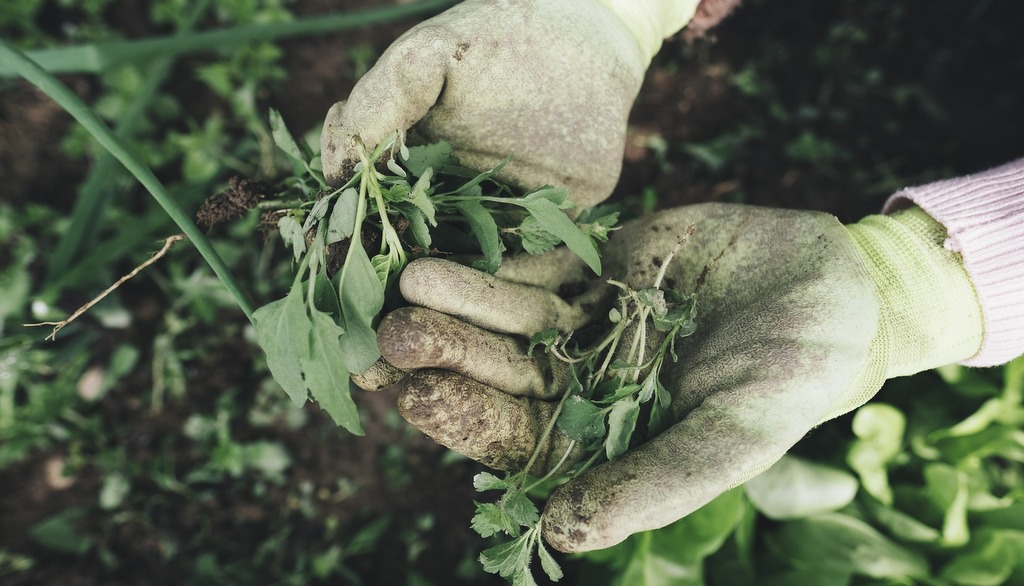
At the back of the house, there is a small field. I see a papaya plant doing its best to show itself. The woman says it is not a papaya plant. It is a weed.
What I thought were manioc leaves were not, as well. They were also weeds. But weeds are plants, too, no? What is a weed? It is a plant that invited itself to be in a place where it is unwanted. But perhaps, even without an invitation, these uninvited guests could nourish our hungry friend. It’s a good idea, but these particular plants are not edible. They took up residence in her garden, and she didn’t have the strength to assert herself and dis-invite them or plant something in their place. So the land lay limp and un-useful.
Speaking of food, refugees have the right to 12 kilograms of rice, two kilograms of beans and a few liters of cooking oil per person, per month. The woman and her boy, therefore, receive this times two—a gift from the international community. To buy incidentals like soap to clean and charcoal to cook, the woman sells part of her food rations.
Speaking of charcoal, I asked the woman to show me her tongue to access her anemia. It was black. Did she have a sickness? No, “I eat charcoal because there is not enough to eat,” she explains.
“Oh,” I reply. What else could I say to a 46-year-old woman with AIDS, who was infected by men who raped her? What else could I say to a 46-year-old woman with AIDS, who has fled for her life three times and now lives in a place without enough water or food?
After my cursory assessment of the sum total of her life, I sit quietly for a few minutes. “I’ll make you a deal,” I say. “I will show you how to crochet kippot/yarmulkes, the small head coverings Jewish men wear to show respect to God, and then I will buy 100 of them from you. With the money you make, you can buy food to eat for you and your son.”
The woman takes a deep breath, because she can’t breathe with this news. The speechlessness I had when I listened to her story was now hers to handle.
“I will pay you in advance for these kippot so you can begin to eat food that will heal you,” I continue.
The woman is stunned and unable to speak. I take this pause in our conversation to show her a short video of Bobo, a man I helped with AIDS in Zambia many years ago. He was a sleek version of a sliver when I started feeding him, but at the end the video there is a photo of Bobo, months later, that shows a proud and strong and full-chested man in his full glory.
The woman gasps when she sees his before and after photo. Could it be? It had to be. There he was in front of her on a small portable computer in her hut-house nearly in the flesh. Could it be? Again, she has speechless and breath-taking to contend with. And so did I.
